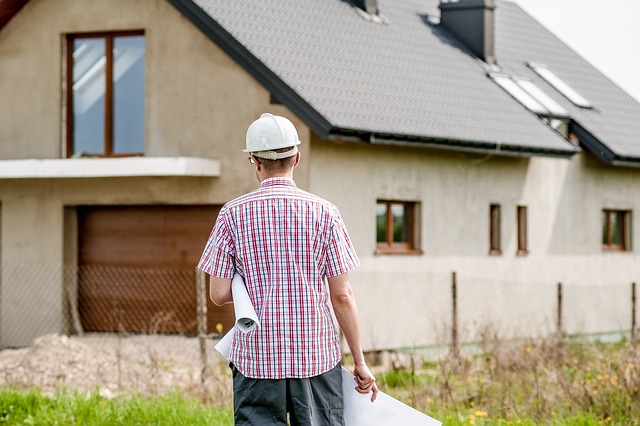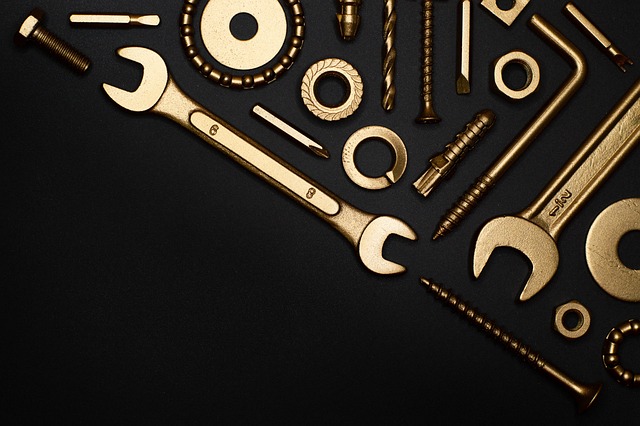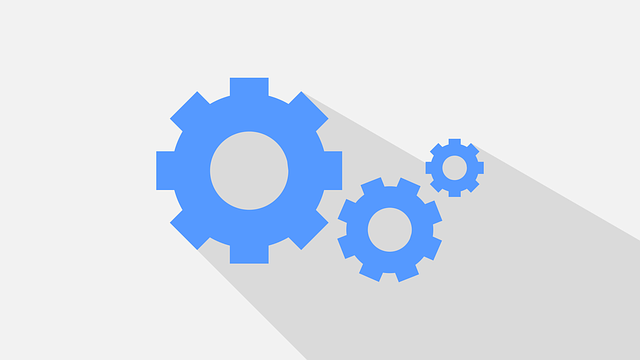Regular HVAC maintenance is crucial for maintaining a household's climate control efficiency, extending the system's lifespan, and improving air quality. This includes filter replacements and professional service checks that ensure optimal performance and energy savings. Homeowners should prioritize routine care to address issues like thermostat malfunctions or refrigerant leaks, thereby preventing major breakdowns and maintaining consistent temperatures indoors. Investing in regular home repair and maintenance services for HVAC systems is an investment in comfort, efficiency, and long-term system reliability. Professionals cleanse filters, inspect for wear, check for gas leaks, tighten electrical connections, and lubricate parts during these checks, which are essential to prevent malfunctions and extend the system's operational life. This diligence not only averts costly fixes but also safeguards indoor air quality, contributing to a healthier living environment. By adhering to this maintenance schedule, homeowners can avoid the inconvenience and expense of unexpected breakdowns during extreme weather conditions. Prioritizing regular maintenance is a prudent approach that aligns with the well-being of one's living space and the efficiency of home systems, reflecting a commitment to long-term comfort, energy savings, and the integrity of the HVAC system within the scope of comprehensive home repair and maintenance practices.
Maintaining a comfortable home environment hinges on the proper functioning of your HVAC system. This article delves into the essentials of HVAC maintenance and repair, underscoring their pivotal role in safeguarding your home’s climate control efficiency. We’ll explore the fundamentals of HVAC systems, emphasize the importance of regular upkeep for homeowners, and provide practical troubleshooting and repair strategies to ensure your system operates at peak performance. Mastery of these aspects falls squarely within the realm of home repair and maintenance best practices, ensuring year-round comfort and energy savings.
- Understanding HVAC Systems: The Cornerstone of Efficient Home Climate Control
- The Importance of Regular HVAC Maintenance for Homeowners
- Troubleshooting and Repair Best Practices for HVAC Systems
Understanding HVAC Systems: The Cornerstone of Efficient Home Climate Control

Regular upkeep and timely repairs are critical for maintaining an efficient HVAC system within a household. These systems, which encompass heating, ventilation, and air conditioning components, play a pivotal role in ensuring the comfort of residents by regulating indoor temperatures and air quality. A well-maintained HVAC system operates at peak performance, using energy efficiently and minimizing utility costs. Homeowners should prioritize routine maintenance tasks such as filter replacements, which can prevent dust accumulation and ensure optimal airflow. This not only extends the lifespan of the unit but also contributes to a healthier living environment by eliminating potential allergens from recirculating through the home.
In addition to regular service checks, prompt repairs are essential when issues arise. Common problems like faulty thermostats, worn-out belts, or refrigerant leaks can be addressed by skilled professionals before they escalate into larger, costlier failures. For instance, a low refrigerant level might seem minor, but it can lead to inefficient cooling and put additional strain on the system. By addressing such issues promptly through home repair and maintenance services, homeowners can avoid disruptions to their home climate control and ensure that their HVAC system continues to perform reliably throughout its lifespan. Proactive HVAC maintenance and repair conducted by experts are not just about responding to breakdowns but also about optimizing the system’s performance for sustained comfort and energy savings.
The Importance of Regular HVAC Maintenance for Homeowners

Regular HVAC maintenance is a critical aspect of home repair and maintenance, serving as the cornerstone for energy efficiency and system longevity. By scheduling routine checks, homeowners can ensure their HVAC systems operate at peak performance throughout the year. These services typically involve inspecting the system for wear and tear, cleaning or replacing filters, checking for gas leaks, tightening electrical connections, and lubricating moving parts. This proactive approach not only prevents costly repairs but also maintains air quality within the home, ensuring that occupants breathe cleaner, healthier air. Moreover, regular maintenance can extend the lifespan of the HVAC system significantly, postponing the need for a full replacement and saving homeowners from unexpected breakdowns during extreme weather conditions. In essence, investing in professional HVAC maintenance is not just about repair and upkeep; it’s a strategic move to maintain comfort and save on energy costs in the long term. It’s a smart practice for homeowners who prioritize the well-being of their living spaces and the efficiency of their home systems.
Troubleshooting and Repair Best Practices for HVAC Systems

Regular maintenance is a cornerstone in extending the lifespan and ensuring the efficiency of HVAC systems within homes. When issues arise, troubleshooting effectively begins with a systematic approach. Homeowners should start by examining filters and replacing them as needed to improve airflow and prevent damage to the system. It’s crucial to maintain a clean environment around the outdoor unit, clearing away any debris or foliage that could impede its function. For more complex troubleshooting, understanding the system’s mechanics is key. This includes checking for refrigerant leaks, ensuring thermostat accuracy, and verifying the proper operation of all moving parts.
When repairs are necessary, it’s essential to engage the services of a qualified professional, especially when dealing with components like the compressor or ductwork that may require specialized knowledge and tools. Home Repair and Maintenance efforts should always adhere to safety protocols, as HVAC systems can pose risks such as electrical hazards or exposure to refrigerants. Professionals follow industry best practices, which include a thorough inspection, accurate diagnosis of the problem, and the implementation of repair solutions that are both cost-effective and long-lasting. By adhering to these protocols, repairs not only fix immediate issues but also help prevent future complications, ensuring the HVAC system operates at peak performance for years to come.
Effective climate control within homes hinges on the proper functioning of HVAC systems, a critical component that demands diligent maintenance and informed repair practices. This article has illuminated the essential role of regular upkeep in prolonging system lifespan and ensuring peak performance, thereby safeguarding homeowner investments. By adhering to the best practices outlined for troubleshooting and repairing HVAC systems, homeowners can maintain a comfortable living environment year-round, which is both energy-efficient and cost-effective. In conclusion, prioritizing Home Repair and Maintenance, particularly in the realm of HVAC systems, is not just a task but an investment that pays dividends in comfort, efficiency, and longevity.
